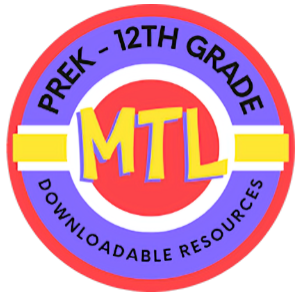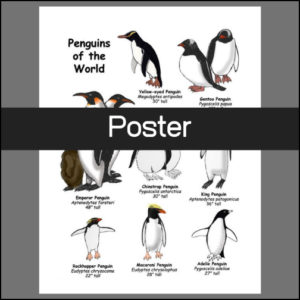Category: Animals
Showing 21–37 of 37 resultsSorted by latest
-
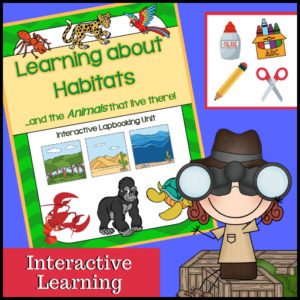 $6.99Buy Now
$6.99Buy NowThis unit on habitats and the animals that live in each is an interactive learning unit that allows students to be hands-on and create a beautiful project be the completion of the study! Use as a mini-course, in a Science center or in conjunction with any other habitat study. Also, perfect to use for informational text studies!
Use the complete unit (or) use only parts of it. Designed for 1st – 3rd grades so it has been designed to work well with multiple ages/grades.
Comes in both black/white pages as well as color (so you decide if you want to print using color ink or not as well as if you want your students to color or not).
See included habitats and animals in description below.
-
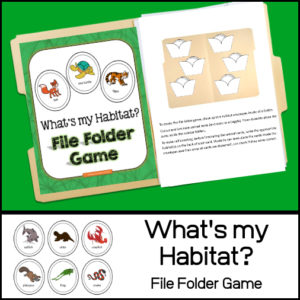 $4.00Buy Now
$4.00Buy NowStudents love learning through interactive, hands-on games! This Science resource will help your students learn to identify and classify animals based on the habitat in which they live! Includes 8 habitats and 72 animal cards.
-
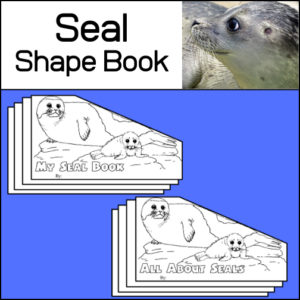 $1.50Buy Now
$1.50Buy NowSeals are found along most coasts and cold waters, but a majority of them live in the Arctic and Antarctic waters. Harbor, ringed, ribbon, spotted and bearded seals, as well as northern fur seals and Steller sea lions live in the Arctic region. Whether you are studying these wonderful animals or just want to add a quick side lesson, here is a Seal Shape Book that students can use to self-publish their created stories, reports and poems! Templates have differing line heights to accommodate a variety of grade levels.
-
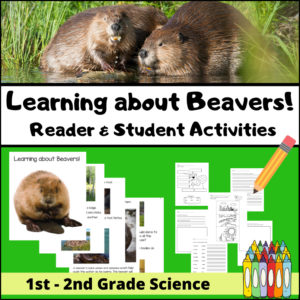 $3.00Buy Now
$3.00Buy NowThis 1st – 2nd Grade cross-curricular resource (Science, Language Arts, Art) is all about beavers and includes a READER and corresponding STUDENT ACTIVITIES! Students will learn about the beaver’s habitat, diet and how their own bodies help them survive! The reader is provided in both color and b/w.
-
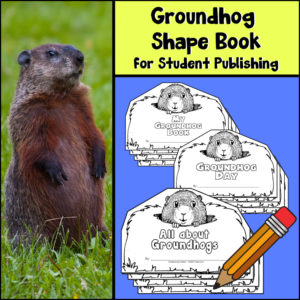 $3.00Buy NowStudents will love creating their own book about Groundhogs also known as the woodchuck. Use for Groundhog Day or anytime. This resource is sure to spark creativity! Add this to your lesson plans around Groundhog Day (in February), alongside a Science lesson on burrowing animals or anytime! This resource will have students engaged in writing and publishing.
$3.00Buy NowStudents will love creating their own book about Groundhogs also known as the woodchuck. Use for Groundhog Day or anytime. This resource is sure to spark creativity! Add this to your lesson plans around Groundhog Day (in February), alongside a Science lesson on burrowing animals or anytime! This resource will have students engaged in writing and publishing. -
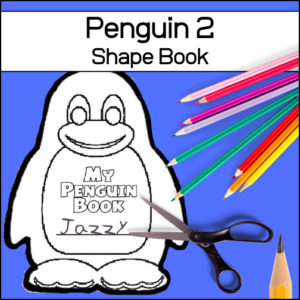 $1.50Buy Now
$1.50Buy NowStudying penguins or perhaps animals of the arctic? This cute shape book is ready for students to use to publish there own stories, reports or poems about penguins!
In this specific resource, single lined pages are used.
-
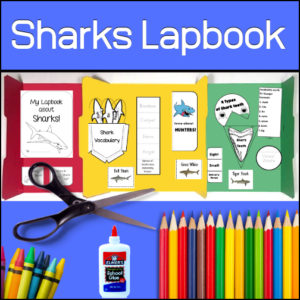 $5.00Buy Now
$5.00Buy NowDesigned to use with multiple age / grade levels, this 79 page Shark Lapbook resource will teach students about…SHARKS! By the end of project, students will not only have learned about sharks but will have a lasting project that they have created.
Included:
- – Basic Lapbooking instructions
- – 11 Informational pages on sharks (informational articles, diagrams, species specific details and more)
- – OVER 50 pages of templates and instructions on how to use the templates
- – Vocabulary with definitions
This can be a self-contained resource (using no other outside research materials) or students can do further research to learn even more!
See a product preview @ Sharks Lapbook Preview
-
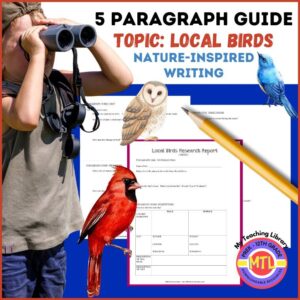 $2.75Buy Now
$2.75Buy NowEasy-to-use, step-by-step, print-and-go guide for students to use as they learn to write a 5-paragraph essay! This nature-themed resource has a local bird focus and guides students as they research, observe and write about one bird species that lives in their local area.
This 3-page resource outlines paragraph by paragraph what to include and gives space for students to write detailed notes.
What will students learn and observe about a bird species before they begin writing?
– where the bird geographically lives
– habitat(s) where they are most likely found
– physical characteristics (coloring, markings, size, bill, feet)
– diet (herbivore, carnivore, omnivore) and where/how they find/gather their food
– predators and self-protection
– interesting factsPlus, this guide will encourage students to reflect on what they have learned.
Once completed, students will be able to take the guide and their notes and write amazing 5-paragraph essays!
Use once as one assignment for one bird of their choice or use again and again to create an entire collection of essays on local birds. Regardless of where you live, these pages will have students observing and learning about local birds.
-
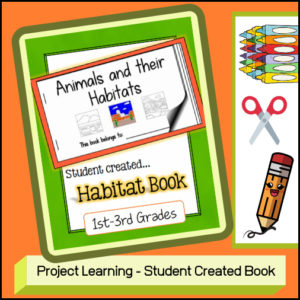 $2.50Buy Now
$2.50Buy NowHands-on learning! Students will create their own mini-book while learning about 8 different habitats, animals that live in those habitats and what animals need to survive in their habitats!
-
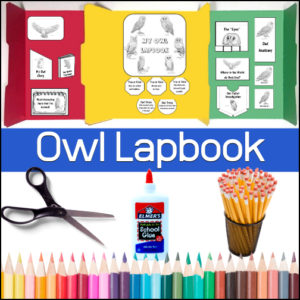 $4.00Buy Now
$4.00Buy NowThis engaging, hands-on project will give students the materials necessary to learn all about owls and create a great project to display their learning!
Suggested for 3rd-6th grades. (See description for more information)
-
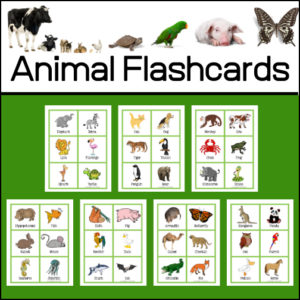 $2.50Buy Now
$2.50Buy Now42 colorful animal flashcards
Suggested uses:
- – to learn animal names
- – to learn classification (ex: sort by habitat, number of legs, mode of transport such as flying, running or swimming, etc)
-
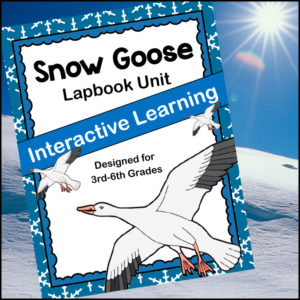 $4.99Buy Now
$4.99Buy NowThis resource contains everything your students need to complete it. No need to do additional research, although this should be encouraged. So whether you are looking for a completely self-contained unit or one that allows for in-depth study, this is it…Snow Goose Lapbook Unit!
Students will study all aspects of the Snow Goose’s life, vocabulary related to the informational reading contained within the unit, complete map work and more.
-
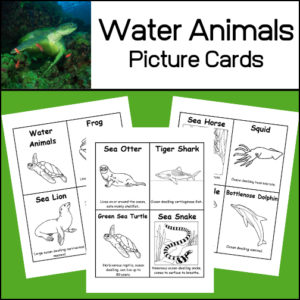 $1.00Buy Now
$1.00Buy Now11 animals that live in water – picture cards. Each card includes the type of animal, a short description and a picture to color.
Animals included are:- – frog
- – sea lion
- – trout
- – sea horse
- – squid
- – right whale
- – bottlenose dolphin
- – sea otter
- – tiger shark
- – green sea turtle
- – sea snake
-
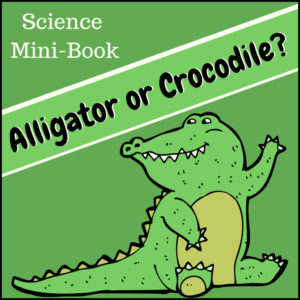 $1.50Buy Now
$1.50Buy NowHelp students learn the differences (and similarities) between an alligator and a crocodile with this resource and have a cute 18 page mini-book to create and color!
-
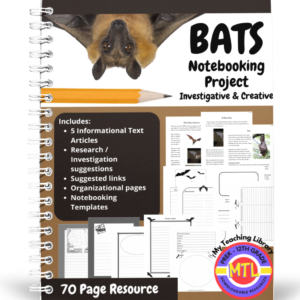 $8.00Buy Now
$8.00Buy NowStudying bats? Here is a resource that will allow students to create a beautiful project that will show off what they’ve learned. This 70 page project unit can be used as a fully contained project resource (with no needed outside information required) or can be a launch for a full-blown research project using additional resources and includes:
- – Explanation page about creating a notebooking project
- – Suggested supply list
- – Evaluation rubric
- – Assignment page
- – Table of contents pages
- – Vocabulary & Reference pages
- – List of bat related vocabulary
- – Suggested links (optional)
- – Research / Notebooking questions/investigation suggestion handouts
- – 5 Informational text articles
- – Project KWL
- – Notebooking template pages
- – Bat pictures
-
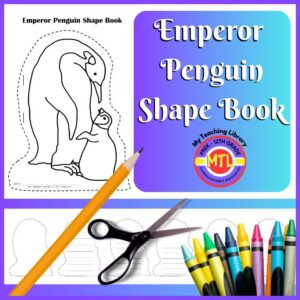 $2.00Buy Now
$2.00Buy NowStudying penguins or perhaps animals of the arctic? Here is a ready-to-use resource for students to publish stories, reports or poems about penguins.
You’ll find pages with both dotted-dashed lines as well as single lines so that you can use what best fits the level of your students.
